Do You Really Need To Wash Your Activewear After Every Workout?

May 13, 2022 - Updated May 13, 2022
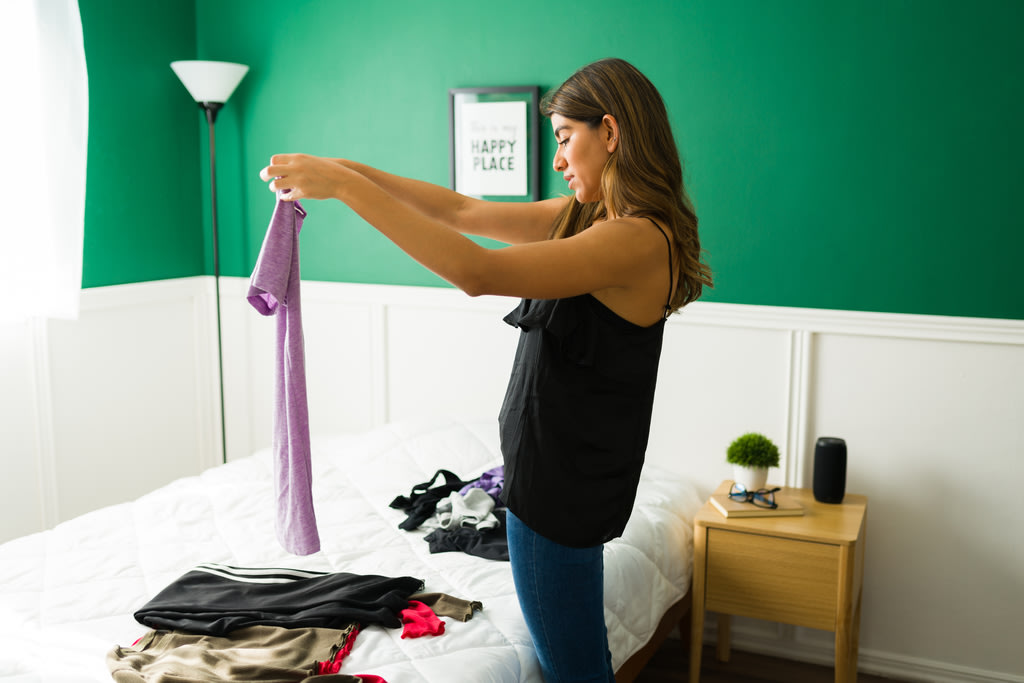
When you take your workout clothes off after a Sweat session, where do they go? Do you throw them straight in the washing machine, hang them out to dry, chuck them into a gym bag or washing basket, or even fold them away for another wear?
While there’s no rules on washing your exercise clothes or re-wearing them, it pays to know how different factors like sweat, humidity and fabric types can impact how urgently your kit might need a wash. Believe it or not, repeatedly wearing sweaty gear can actually be a health risk.
Keep bacteria at bay
How often you should wash your activewear isn’t just about visible sweat marks and funky odours. You should consider how much you sweat, how tight fitting your outfit is, the humidity where you live, the type of fabric, and where your clothes have been since your workout (if they’ve been sitting damp in the bottom of your gym bag all day, definitely give them a wash).
Even if your clothes don’t smell or have visible sweat marks, sweat creates the perfect moist environment for bacteria to grow and wearing sweaty clothes more than once can lead to a bacteria imbalance, rashes and skin inflammation, or infection if you have any grazes or wounds.
While bacteria itself isn’t necessarily bad (our bodies are covered in and full of different types of bacteria), it can become an issue when bacteria get out of balance. When you exercise and your body sweats, that moisture is your body’s way of keeping you cool, but it also creates a perfect damp environment for bacteria to multiply.
General rule of thumb? If your clothes are damp, smelly, or have been tight on your skin for a while, it’s best to give them a wash. If you can’t wash them straight away, it can help to hang them outside to dry in the sun until your next laundry day, as UV kills bacteria and the growth will be slowed if the fabric is dry.
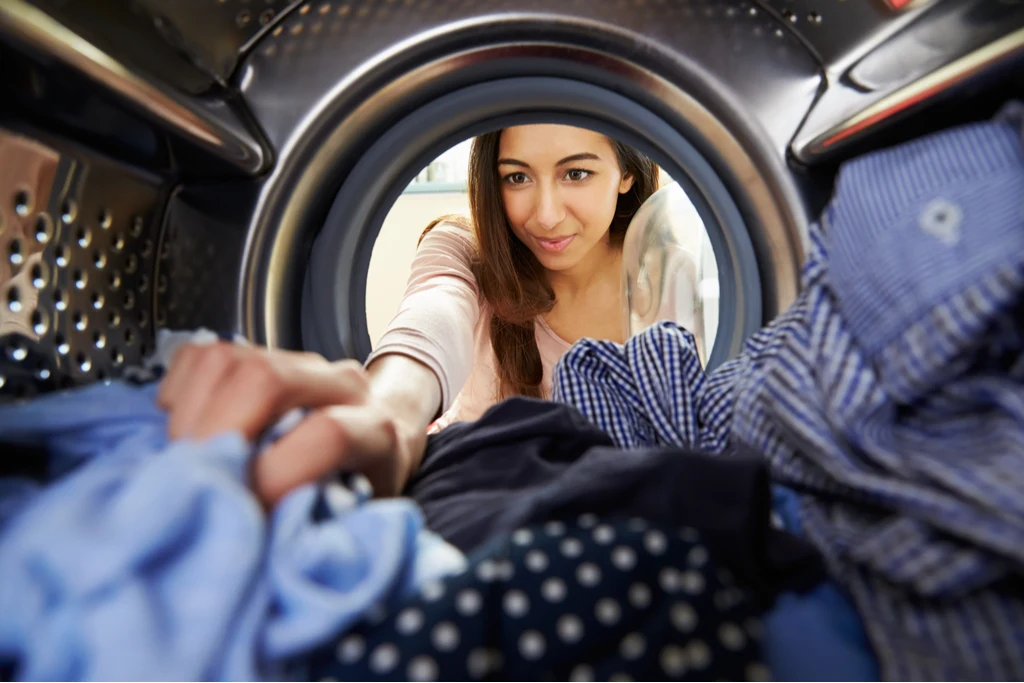
Know your fabrics
Moisture-wicking activewear is often made of synthetic fabrics that are designed to draw the sweat away from your body. This is great during your workout, but not so great when it comes to bacteria.
Bacteria clings to synthetic fibres more than natural fibres like cotton, which are more breathable. If you’re someone who wears your exercise clothes more than once before putting them through the wash, try to choose cotton or other natural fibres.
If you prefer synthetic fibres to keep you dry while you exercise, you’ll need to wash your clothes more often. Avoid using fabric softener in your laundry as it can damage the fabric and reduce those sweat-wicking properties, too.
Helpful tips for different items:
Singlets and shirts
If your workout top isn’t damp from sweat, odourous, or you only wore it for a short session, you’re probably safe to hang it out to dry before a second wear.
Hang it outside in the sun if you can, as the heat will dry it quickly and the UV light is also damaging to bacteria.
Keep in mind, your workout tops cover areas of the body that have a higher concentration of sweat and bacteria such as your underarms, so when in doubt, wash it out!
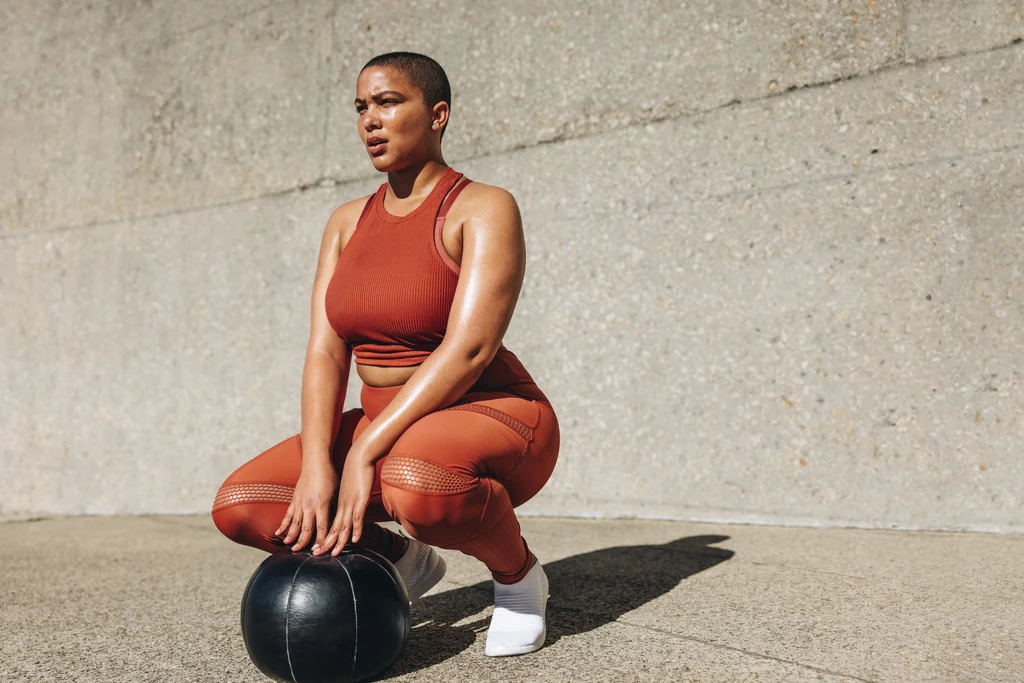
Sports bras, socks and bottoms
These are the three pieces of workout clothing you want to wash the most! Your sports bras, socks and bottoms (like shorts or leggings) are the items that come into contact with areas that have a high concentration of bacteria like your groin, feet, and areas under or between your breasts. These are more common for irritation and yeast infections.
Washing these items after each wear is the best way to avoid bacteria and infections - even if they don’t seem damp or smelly.
The same goes for your sweat towel. Used it? Wash it. Regardless of how sweaty you got, you probably had your towel on the floor or on different surfaces between uses, and the last thing you want is to transfer bacteria to your face, nose or mouth.
Shoes
Bacteria can easily build up on your socks (either from your own sweat or from the ground you walk on) and then transfer to your shoes. When was the last time you washed the shoes you workout in? For most people, it’s not very often, if at all!
Washing your socks after each wear is one of the best things you can do to reduce your risk of fungal foot infections, and if your workout shoes have removable liners, you can pop them in the wash every week or two as well. Where possible, leave your shoes to dry in the sun after your workouts.
If you get super sweaty feet or exercise in a busy place, you can help keep your shoes clean with disinfectant shoe sprays or natural remedies like baking soda.
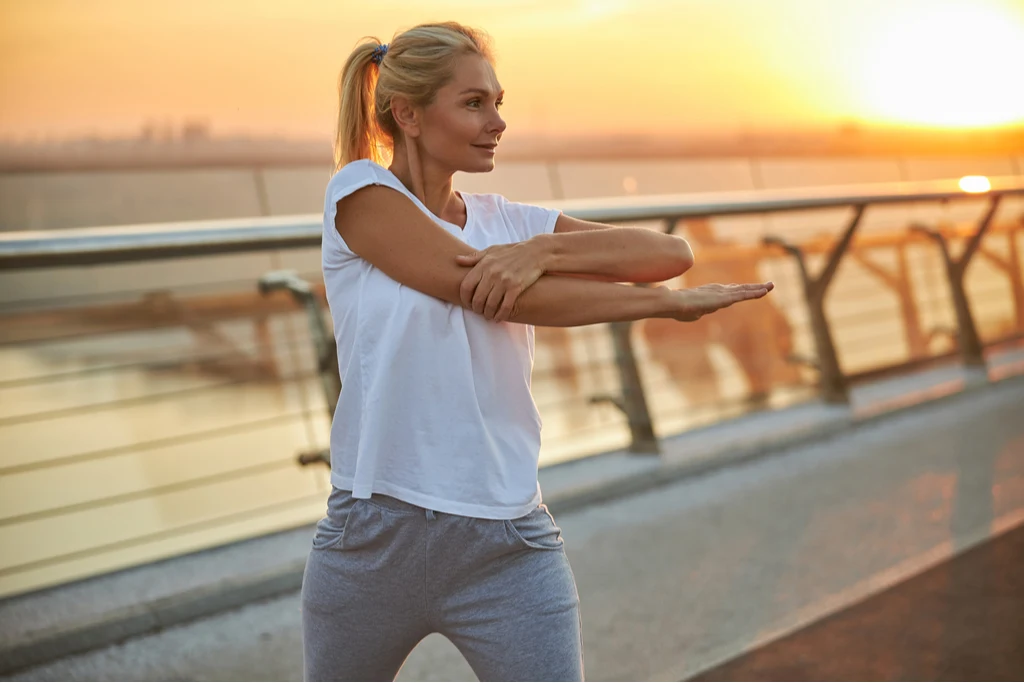
If you are going to rewear your activewear
Not everyone can afford (or wants!) a wardrobe full of activewear to have something different to wear each day, and not everyone does washing every day either - especially if you live by yourself! Here are some tips for health and hygiene if you rewear your workout gear:
Take it off as soon as you’re finished exercising and hang it out to dry, preferably somewhere sunny. This will reduce the growth of bacteria.
If you’ve tried to dry your clothes and they’re still damp, either from sweat or because of high humidity where you live, it’s definitely time for a wash.
Opt for natural fabrics like cotton.
Opt for looser fitting clothes such as baggy tops and jogger shorts rather than tight-fitting leggings, lycra shorts and singlets. These will allow more airflow and reduce bacteria.
If your sweaty clothes were left in a bag where bacteria can thrive for a long time after your workout, wash them.
If your clothes smell after exercise, wash them. They will still smell even if you hang them out to dry!
Avoid re-wearing exercise clothes more than once.
Health history
Something else to be mindful of is your personal health, skin and history of infections, especially Staph infections. If you have had these infections before or have any immune system conditions, it’s best to wash your gym clothes after each wear.
If you suffer from acne, dermatitis or other inflammatory skin conditions, it also might not be in your best interests to rewear sweaty gear as these skin conditions can be aggravated when pores become blocked with sweat or bacteria.
Got any cuts or grazes? Wash your clothes after each wear to prevent infection, and bandage any wounds before exercising to prevent bacteria from getting in.
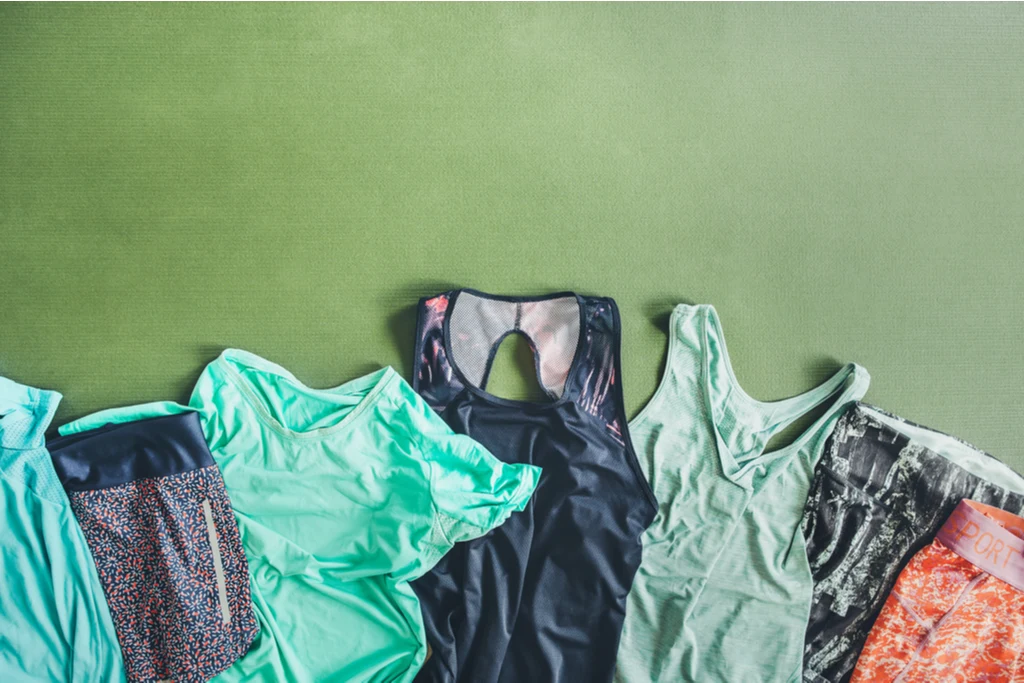
Sharing clothes
While it’s okay to lend your workout buddy some clean clothes fresh from your wardrobe, don’t borrow or lend workout clothes that haven’t been washed - even if they were only worn for a light walk.
Reexposing yourself to your own bacteria isn’t so bad, but exposing yourself or someone you know to new and potentially harmful bacteria? Not nice!
Washing tips
Good quality workout gear often comes with a higher price tag, so knowing how to take care of your clothes will keep them in good shape for longer! If you work out often or find you sweat a lot, you might not be able to reduce your washing frequency too much, but these tips can help.
Always check the clothing’s care label for the recommended washing and drying instructions.
Avoid using fabric softener, especially on synthetic fabrics, as it can break down the fibres and reduce their sweat-wicking abilities. If you use washing tablets, make sure they don’t have fabric conditioner in them.
If your clothes are particularly sweaty, smelly or grubby, a hotter wash can help. Otherwise, a warm or cold wash is usually fine. Again, check the temperature recommendation on the label.
Opt for a gentle washing cycle.
Dry your clothes out in a sunny spot where possible.
Avoid using a tumble dryer as it will speed up the breakdown of the elastane.
If you have synthetic fabrics in your wash, pop them in a fibre filter bag to protect our seas and prevent microfibres from going into the ocean.
Have you got any washing tips for making workout clothes have their best and longest life? Let us know in the comments!

A more empowered you starts with Sweat, and our editorial team is here to bring you the latest fitness tips, trainer recommendations, wellbeing news, nutritional advice, nourishing recipes and free workouts.
* Disclaimer: This blog post is not intended to replace the advice of a medical professional. The above information should not be used to diagnose, treat, or prevent any disease or medical condition. Please consult your doctor before making any changes to your diet, sleep methods, daily activity, or fitness routine. Sweat assumes no responsibility for any personal injury or damage sustained by any recommendations, opinions, or advice given in this article.
Wellbeing